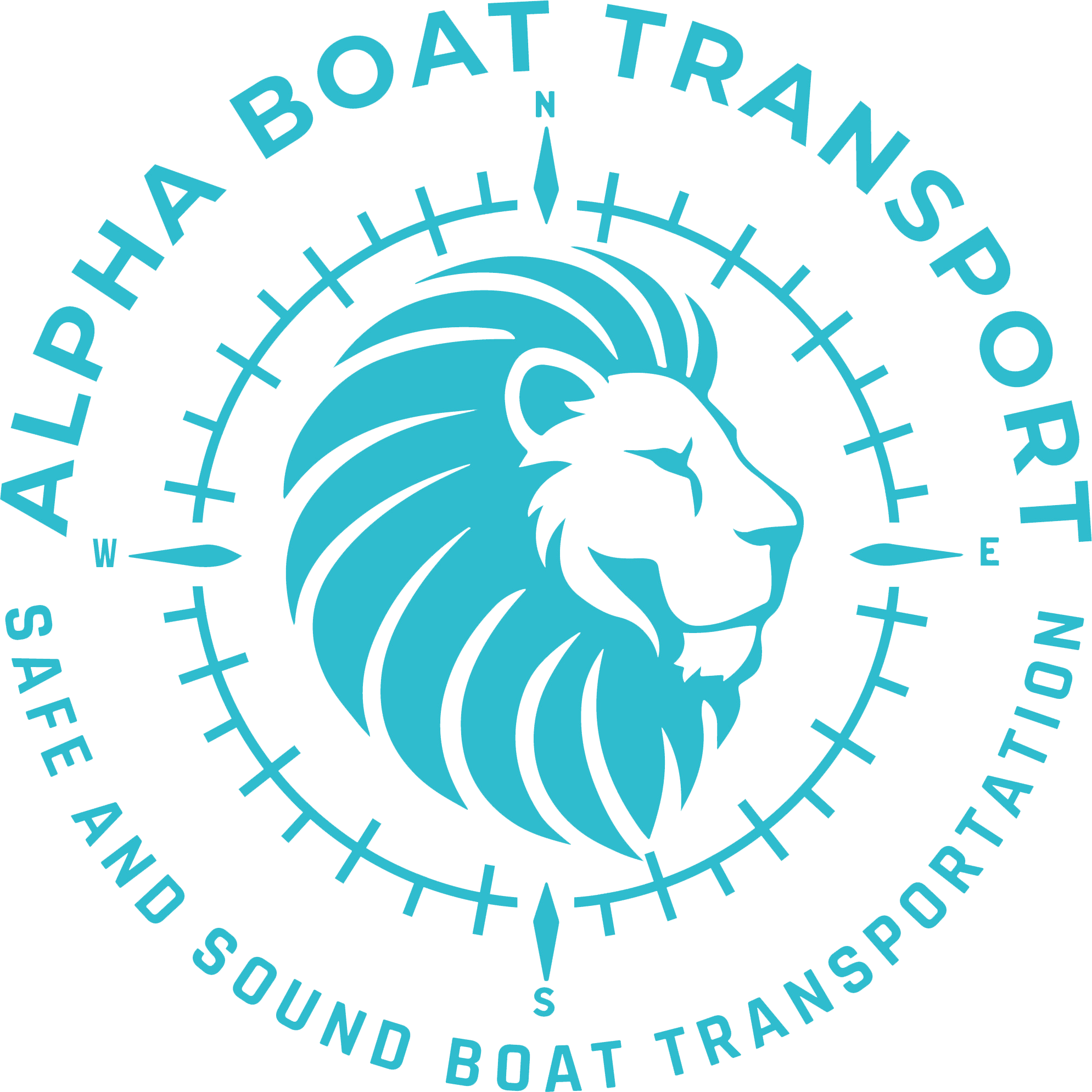Bridge Sensors Reshape Boat Transport Safety in 2025: What Every Boat Owner Needs to Know
Listen, if you’ve ever tried hauling a 40-foot catamaran past a low overpass outside Tampa at 2 a.m. while dodging construction cones and praying your load clears, this one’s for you. According to Heavy Haulers, over 60% of bridges in the U.S. still sit under 14 feet in height. That’s like threading a needle—with a yacht. But new regulations and technology—including 1,200+ bridge height sensors and real-time route data—are flipping the script on how any decent boat transport company operates in 2025.
Bottom line? These sensors are reducing headaches, damage claims, and late-night “Oh no” moments for transport drivers and boat owners alike. But it’s not all smooth sailing. The new mandates carry their own costs, inspection quirks, and route planning challenges. So, let me break it down—from a guy who’s seen his fair share of busted radars and bent stainless rails.
Why Height Matters More Than Ever in Boat Hauling
Bridge Restrictions and the Rise of Sensor Tech
Here’s the thing most folks don’t realize: Oversized boat dimensions aren’t just about the beam or weight. The real killer is height. Anything over 13 feet 6 inches is now considered “at-risk,” especially in states like California, Texas, and Florida. These days, new bridge sensors are being placed on problem overpasses, scanning loads and offering real-time clearance warnings to rigs for tall vessels being hauled long distances.
Florida, never one to keep it simple, now requires pre-approved high-pole escort cars for any boat haul over 14 feet 6 inches. Trust me, that’s not just a recommendation—it’s baked right into their DOT statute. And it’s not just Floridians. California’s updating their own route vetting with AI system integrations. You plug in the route, and the system rejects it if the algorithm sees a bridge under clearance.
In case you’re running a boat from New Jersey to Florida, check out this page for prep insights: boat transport New Jersey to Florida.
Planning Around Low Structures: What’s New in 2025?
AI-Route Navigation Meets Human Experience
Now we got AI systems calculating safe routes in real time. That’s great and all, until you realize the input sensor data still depends on aging infrastructure maps. This means even the sharpest boat transport company on the planet still needs human backup. Think of it like autopilot on a yacht—you still want a salty old captain watching the gauges.
Alpha Boat Transport is one of the few companies I’ve seen combining human oversight with tech efficiently. Their teams verify all bridge data manually when transporting oversized vessels like luxury mega yachts—never relying on software alone. That’s how they’ve avoided the insurance drama others run into weekly.
For loads that push structural limits, check out their resource on Texas transport: boat transport Texas.
Permits, Escorts, and Bureaucratic Anchors
Red Tape That’ll Grind Your Gears
Let me put this plainly: permits are trickier now. Seventeen states now require pre-trip height surveys for loads over 13.5 feet. Some, like Maryland, demand you submit load diagrams, height reports, axle spacing details, and municipal clearance logs. And if one field is wrong? Enjoy waiting seven business days… again. Don’t even get me started on Delaware’s forms.
Some elite players in the best boat transport companies game are cutting through the red tape. How? In-house permitting teams tied directly to state DOT software. That direct line? It’s like having a coffee with the permit officer instead of waiting for their call.
Protecting Your Investment on Route
What Real Safety Looks Like in 2025
Think bubble wrap and prayer will protect that teak deck? Think again. At highway speeds, even a loose strap can do five figures in damage. That’s why top boat hauling companies are going beyond basic crating and now using high-density foam wraps, wind deflectors, hull suspensions, and vibration-dampening rigs.
Alpha Boat Transport’s fleet comes equipped with mobile height-calibration poles, meaning your escort vehicle’s checking clearances in real-time, not just hoping the permit packet was right. Not every boat transport company does this—and it shows in the delivery inspection reports.
Curious what sets Alpha apart? Their diligence shines in every phase: boat transportation services overview.
Expert Voices on the Bridge Sensor Revolution
What Pros in the Field Are Saying
Industry experts agree—these bridge sensors are a game-changer. One Florida DOT official told me these sensors reduce clearance accidents by 48% on sensor-equipped corridors. One of my cousins over at Jersey Shore Haulers? Said they saw damage claims drop to zero once they switched to onboard AI-routing using this new sensor data.
Still not convinced? Take a look at routes Alpha routinely hauls across Washington—arguably one of the trickiest low-clearance states: Washington boat transport.
The Real-World Impact for Boat Owners
Delivery Times, Costs, and Planning Reality
It ain’t just nerdy tech upgrades. These changes affect your wallet. With more route deviations now required, and new escort vehicles being mandated in some states, total delivery time’s increased by 12-20%, depending on your origin and destination. And that’s if nothing goes wrong. Add in fuel surcharges and unexpected detours? You’ll see a rate hike unless your shipper knows what they’re doing.
The trick is aligning with a trusted hauler like Alpha that already knows the permit mines and route-checking procedures inside out. Just check out their resource for long hauls through multi-state regions: long-distance boat hauling.
Preparing Your Boat for the Ride Ahead
Checklist Every Boat Owner Needs in 2025
- Document actual height to the top of any antenna or structure – not just the radar arch
- Get verification from a certified height-measuring agent
- Coordinate with your boat transport company for required permits in every crossing state
- Demand photos of tie-down points and trailer configuration
- Double check the insurance policies—yours and theirs
A smart prep starts with understanding what to expect. Alpha’s made it easy with dedicated guides, like their boat transport preparation guide for first-timers. It’s gold.
Frequently Asked Questions
What does a boat transport company need to haul oversized boats safely in 2025?
You need more than a truck and a trailer. Today’s boat transport company must follow new height regulations, use AI-route navigators, rely on bridge sensor networks, and stay compliant with DOT state permits—especially if the boat clears above 13.5 feet. Escort vehicles and load surveys are becoming must-haves.
How do height sensors help reduce accidents in boat transport?
Bridge height sensors detect overheight loads before entry and alert transport teams via real-time apps. This prevents low-clearance strikes, which are one of the top five causes of overland boat damage, especially during interstate boat hauling.
Can boat owners still choose their own transport routes?
Yes, but you’re now constrained by clearance regulations in multiple states. A professional boat transport company uses AI to find compliant paths, but they also rely on human verification—it’s rarely a “straight shot” route anymore.
Is it worth hiring a long-distance boat hauler versus doing it myself?
Absolutely. Unless you’ve got escort certification, DOT permits, a Class A CDL, and top-tier insurance, you’ll hit legal and safety issues fast. Engaging a trusted boat hauling company like Alpha Boat Transport hands off all the complex logistics.
How can I estimate transport costs for high boats?
Cost increases with height due to routing challenges, escorts, and permit complexity. Boats over 14 feet often require custom loaders and crane services. Get a custom quote early and check this page from Alpha: boat transport quote.
What are the most common mistakes boat owners make with transporting tall vessels?
Not checking the real height (including antennas), hiring cut-rate movers who don’t do route mapping, skipping escort requirements, and assuming any “big trailer” will do. All these end up costing them more in the long run.
Which states have the strictest new boat transport rules?
Florida, Oregon, Maryland, and California led the 2025 rule rollout. These require high-pole escorts, bridge sensor integration on your vehicle, and real-time tracking for live routing alerts. Transport companies running in these zones need serious prep work.

